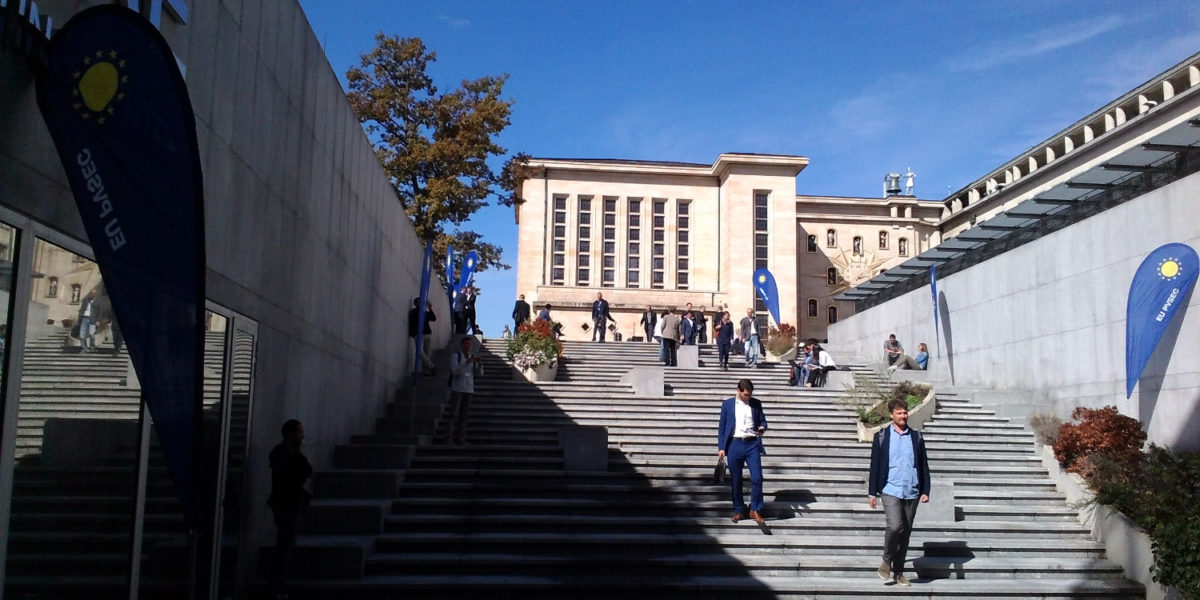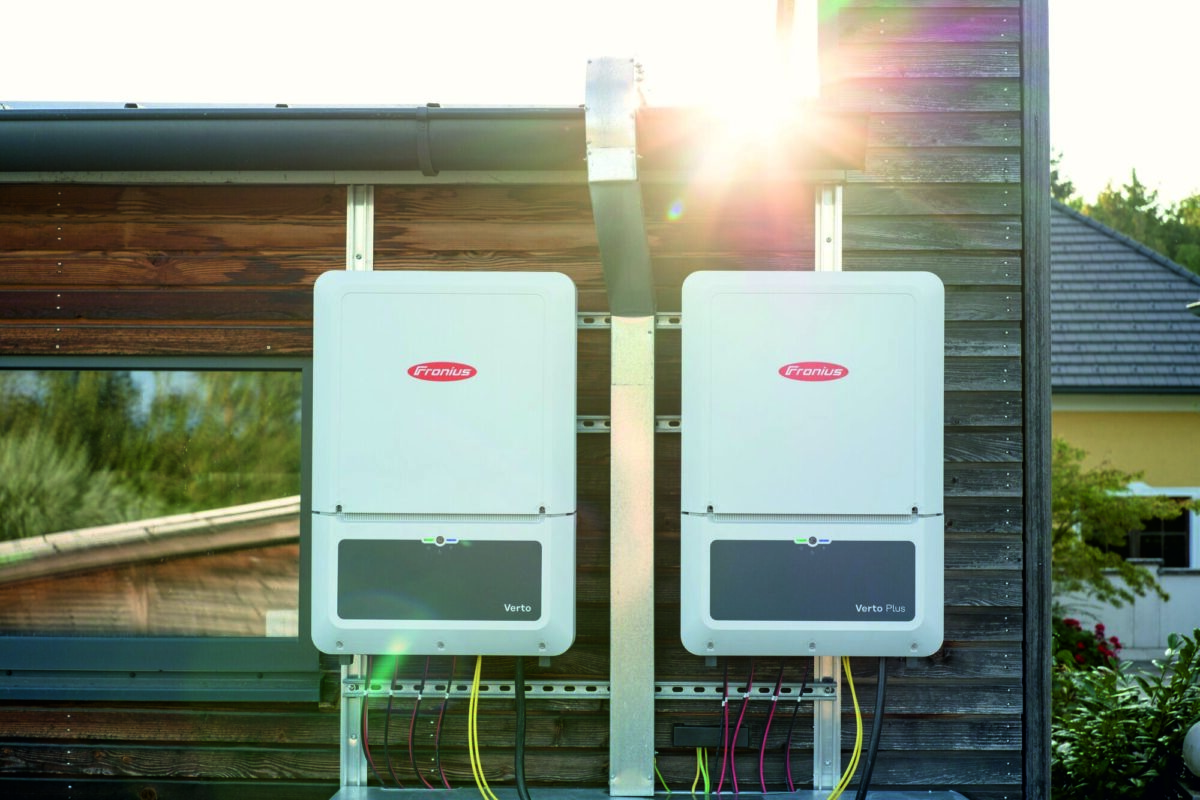On the occasion of the 35th EU Photovoltaic Solar Energy Conference (EU PVSEC), which ended on Friday, prominent solar industry representatives submitted a resolution to the European Commission.
Numerous Becquerel winners – one of the most important PV awards in Europe – are demanding the expansion of the European solar manufacturing industry, along the entire PV value chain and on a large scale.
This is particularly important for the development of solar power by 2050, they say, as it will take a dominant role in energy supply, with European research institutions leading PV technology development.
The scientists are concerrned that the European PV industry, particularly cell and module manufacturers, will be completely lost to Asian competition, according to a statement sent to pv magazine by the Fraunhofer-ISE today.
The Becquerel Prize winners' resolution comprises four points:
1. The European Commission and the governments of all member states are called upon to create framework conditions that allow the reconstruction of new, large-scale European PV production. They should cover the entire value chain, including wafers, solar cells and modules. Appropriate credit lines, production locations and transnational cooperation will be needed for such a framework, the resolution said.
2. All EU countries should again be actively involved in support of PV installations, for example through financial incentives or regulations that stipulate PV in all new buildings.
3. The scientists also demand that an eco-label for solar modules must be introduced with immediate effect, that also takes recycling aspects into account.
4. The final point of the resolution states that the EU's research policy should focus on the rebuilding of PV production in Europe. This could be done, for example, under the new Horizon Europe program for the period from 2021 to 2027, or through the financing of PV research projects directly related to manufacturing issues.
A total of 16 Becquerel winners have signed the resolution, including Fraunhofer ISE scientists, Andreas Bett, Stefan Glunz and Adolf Goetzberger. Award winners Peter Würfel and Winfried Hoffmann, Wim Sinke and Richard Swanson are also among the signatories of the resolution.
The Becquerel Prize has been awarded by the EU Commission since 1989 at the EU PVSEC for outstanding achievements in terms of photovoltaics.
At the beginning of the EU PVSEC in Brussels on Monday, the founding of a new alliance was announced: The European Solar Manufacturing Council (ESMC) has brought together research institutes, mechanical engineers, material and component manufacturers from Europe. They want to give the upstream sector a stronger voice again.
The construction of PV production on a gigawatt scale is also at the center of efforts at ESMC. The Alliance wants to make its voice heard in politics, in order to create the necessary framework conditions for the rebuilding of the solar industry in Europe.
For the involved research institutes this is crucial, in order to be able to continue their work and to get a technological lead, for example against the competition from Asia.
This content is protected by copyright and may not be reused. If you want to cooperate with us and would like to reuse some of our content, please contact: editors@pv-magazine.com.




I feel it`s time for costumers, researchers and new EU manufacturers to sit together and talk about the products needed in 2025. At present we have two worlds- divided after 5 years of “duty civil war”.
Should be worth the effort – to quote pv magazine newsletter from 28th of September:
“This week, the 35th EV PVSEC conference and exhibition opened its doors in Brussels. The opening session began with a presentation from Conference Chair, Pierre Verlinden, who described the PV industry’s current outlook as “exciting but scary”. He also made bold predictions that we will see products with efficiencies above 30% by 2022, that the PV industry will grow to a production capacity of 1 TW per year by 2028, and that prices will fall below $0.10/W by 2035.”
Ok- I feel $0,10/W will been seen until 2025 and 30% for Mainstream maybe before 2030. Makes Solar even greater but the way should be a new “close together”: Research, producers and costumers as we need more diverse products to use our potential from BiPV to light weight Solar for mass application on roofs that have no structural reserveres to Multi- GWp power plants. In different conditions all around the world.
Much more to research the 60 or 72 Cells mainstream products, much more opportunities for different new value chain beyond today`s rat race on cheaper and cheaper mass products. Of course with the best eco- record available and highest social standards, tought globally and able to be controlled worldwide.